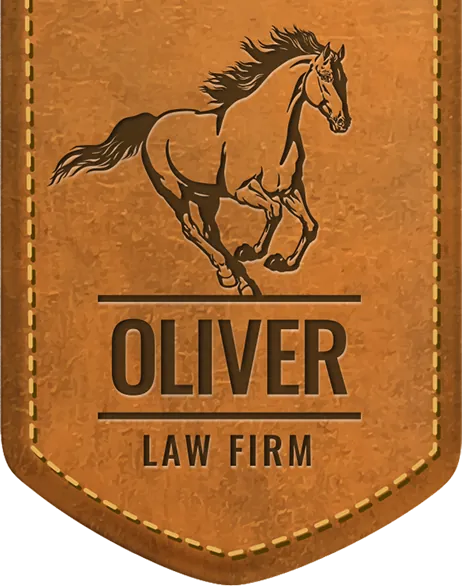It’s time to dig deeper into the legal implications of driverless vehicles, specifically exploring what happens when this new wave of vehicles hits public roads and, eventually, each other.
Autopilot features on commercial airplanes have been around in one form or another for decades. And now with the rise of drone aircraft, public perception of driverless vehicles has moved from future fantasy to yesterday’s news. The extension of this technology to road vehicles seems inevitable. But public perception and actual technology are still miles apart. The day when you curl up in your car with a good e-book and relax on your way to work is still very far off.
This disparity between public perception and actual technology reveals a deep problem in expectation. The public expects a vehicle on the market very soon that will work like an automated taxi, with that pesky steering wheel removed to make room for the mini fridge. Anything less, like perhaps a partially autonomous vehicle capable of navigating through traffic as long as a driver’s hands are on the wheel in case anything goes wrong, would stand out like an antenna on an iPhone.
In short, the public expects to arrive without effort or incident in a completely autonomous, driverless vehicle built like a mobile lounge. In reality, the products likely to be available over the coming decade will make driving much less involved while still requiring a driver to be available at a moment’s notice. The big question that follows is whether drivers will grow complacent and use these new technologies in unsafe ways. The initial results aren’t looking very good.
Earlier this year, an autonomous vehicle developed by Delphi Automotive completed a 9-day, 3,400-mile trip across the U.S. A team of drivers accompanied the vehicle. Despite existing traffic laws and manufacturer suggestions, the team spent about 99% of the trip in autonomous mode. The drivers themselves admit that much of this experience was spent without hands on the wheel, relying entirely on the vehicle’s automated functions. It seems very likely, if not inevitable, that many “drivers” will use autonomous vehicles in this way.
So, the public gets a new toy and uses it in a way not intended by the manufacturers, so they are obviously to blame, right? Not necessarily. Manufacturers or developers of driverless vehicles may misrepresent a vehicle’s capability or exaggerate the degree of its automation. Somewhere in the middle of the actual product and the customer’s expectations is a grey area that will eventually become driverless vehicle liability law.
In the next part of this series, we will examine how new liability laws might cope with driverless car wrecks. In the meantime, if you are involved in a wreck with a self-driving vehicle, don’t wait on new laws. Bring your claim to Oliver Law Firm and help make them. Call today to schedule your free consultation and get the Oliver Law Firm team working for you.
a Free Consultation



